Making an ‘Impossible’ Multi-Season, Time-Blended Milky Way Panorama
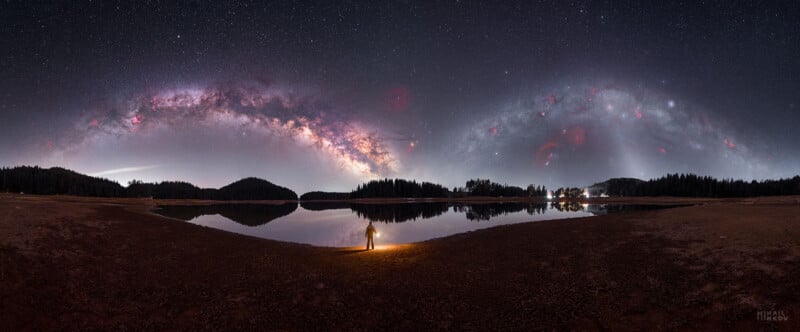
Award-winning astrophotographer Mihail Minkov captured an incredible 360-degree panorama that shows two Milky Way arches, a shot only possible during a specific time.
Minkov calls the image “The Eyes of the Universe,” and he tells PetaPixel that it required a lot of planning.
“I’ve always wondered what the night sky would look like if we could see the two Milky Way arches from the winter and summer seasons side-by-side. This is practically impossible since they are part of a whole and are visible at different times of the day, even if they are separated by only four hours from each,” Minkov explains.
When Minkov says that the two arches are separated by just four hours, he’s referring to the unusual time of year, March in the northern hemisphere, when seeing both arches is even possible in a single night.
“The shot has been sitting in my head for the past few months, and I finally managed to capture it,” he says.
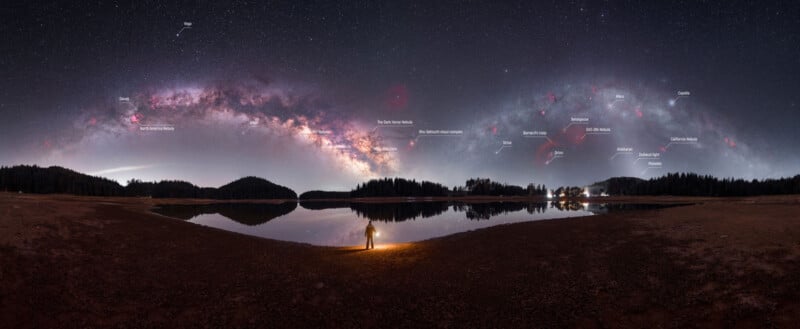
Minkov’s beautiful photo is a time-blended panorama that combines traditional panoramic stitching with its requisite images separated by four hours.
“The two arches of the Milky Way actually represent one object in the starry sky, with part of it visible in winter and part of it in summer; therefore, they are called the winter and summer arches. By winter arch, we mean the objects we can observe from October to March, roughly speaking, such as the winter arch of the Milky Way, mostly associated with the constellation Orion. By the summer arch, we mean the Milky Way core, visible from March to September, the most characteristic part of which is the Milky Way core itself, the center of our galaxy, or one of the most beautiful and luminous parts of the night sky,” Minkov explains.
Minkov sent PetaPixel a sketch of his desired shot, which shows roughly the location he eventually captured the time-blended panorama. It’s vital that Minkov found a spot that faced south, as that’s where the Milky Way is visible in the sky from the northern hemisphere.
![]()
He used Stellarium astronomy software to check the precise date that would allow him to capture the panorama image with both arches in the shot. He used the popular photography app PhotoPills to check locations. As it happens, the place Minkov hoped would work turned out to be “a perfect spot” for his photo.

Minkov explains to PetaPixel that he used nine vertical shots of the summer arch, nine images of the winter arch, and 20 vertical images of the foreground for his final stitched panorama. He did the stitching using PtGui and then performed additional post-processing in Adobe Camera Raw and Photoshop.
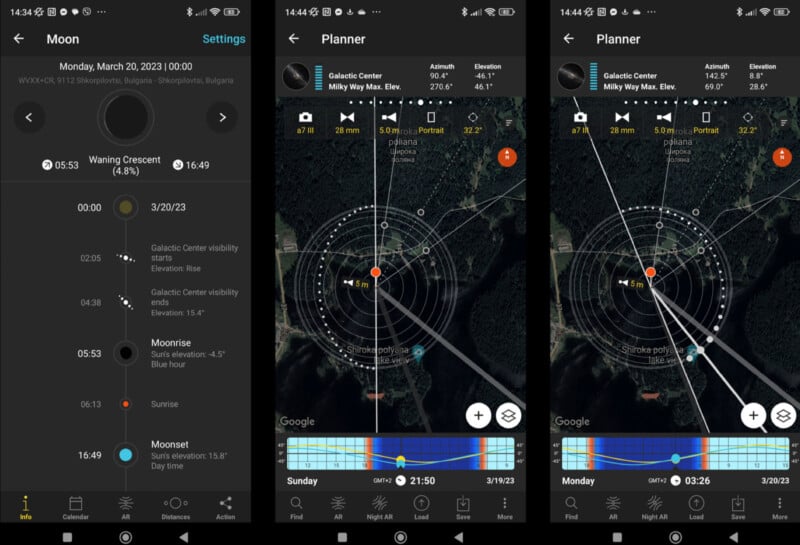
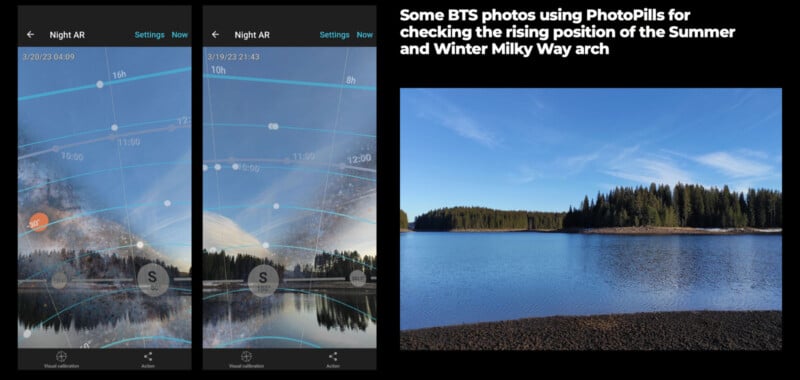
He estimates the total time to create “The Eye of the Universe” is around 30 hours. He spent a couple of hours planning and preparing, six hours driving, a dozen hours in the field before shooting, four hours shooting, and six hours doing post-processing. It’s a lot of time and effort for a single photo, but that’s common in astrophotography and is a big part of why astrophotography is an incredibly challenging genre of photography.
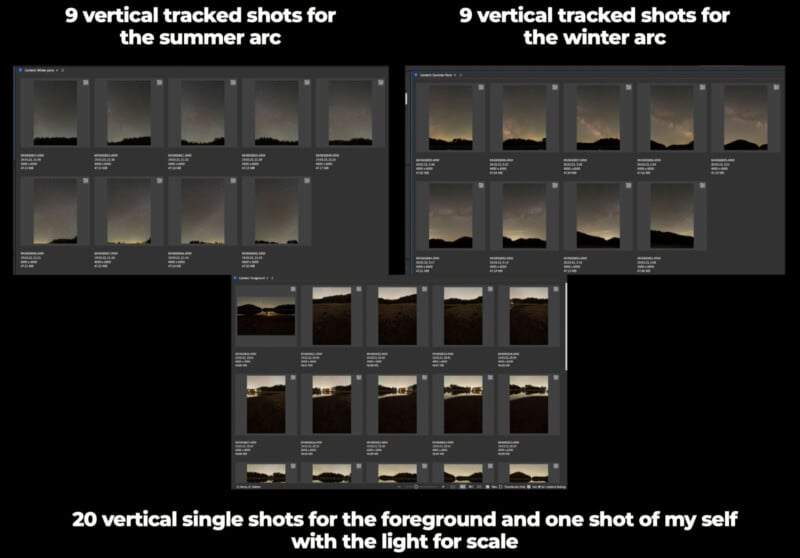
![]()

Minkov has many spectacular night sky images on his website and Instagram. The award-winning photographer also offers workshops.
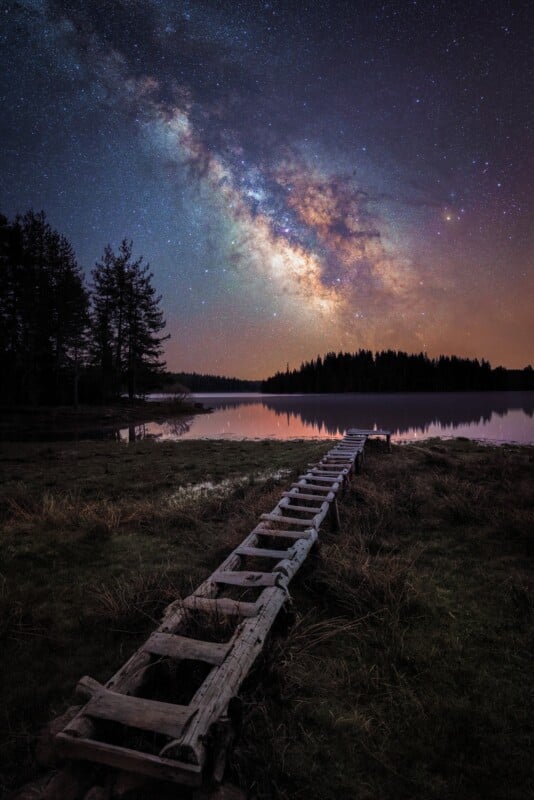
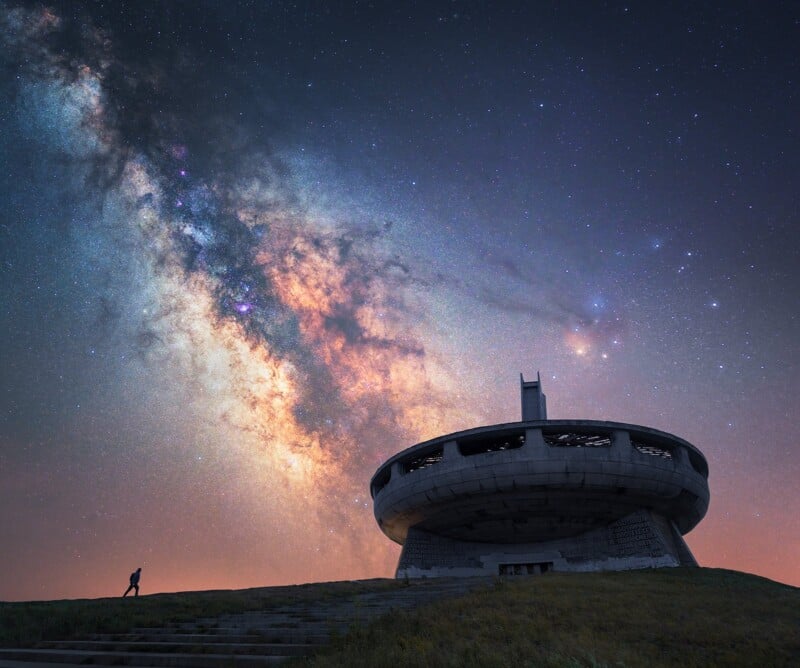
PetaPixel has previously featured Minkov’s work, including in coverage of his award in last year’s Astronomy Photographer of the Year competition. PetaPixel featured another of Minkov’s photos in follow-up coverage.
Image credits: All images © Mihail Minkov